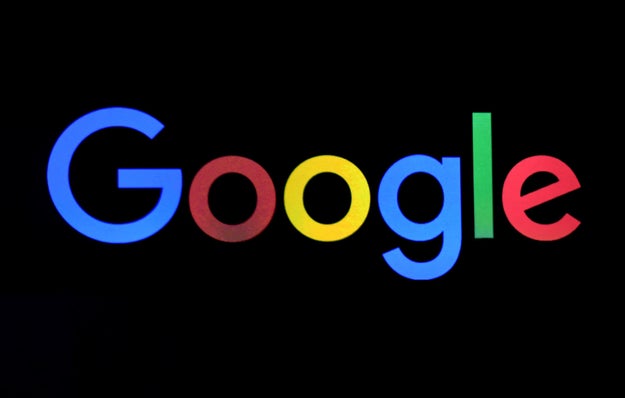
Ethan Miller / Getty Images
Google removed 1.7 billion ads — largely sponsored search results and banner ads that appear on other sites — in 2016, according to a blog post published by the company. That's more than double the number of ads it took down in 2015.
According to Google, two key factors led to the uptick in deleted ads. First, it expanded the scope of the policy for removing ads. For example, the company declared war on high-interest, predatory payday loans in May. It cut 5 million ads for those services in the ensuing months and has “taken action” against 8,000 sites that offer such services. The company would not specify what that action was.
Not all of these 1.7 billion ads made it onto the internet. Google said that many of them were filtered out during its approval process, which uses a mixture of human and computer reviewers, though it declined to specify percentages. The process of submitting ads varies by advertiser, product, and country. The company emphasized that it reviews all ads in some capacity.
Google also said that a combination of human and technological reviewers make the large-scale takedowns of millions of ads possible. For ads that require nuance or whose scam type is newer, human reviewers are involved. “Tabloid cloakers,” which are essentially ads for fake news that lead to product pages, are a newer type of scam in the online ad world, so identifying and taking them down requires human reviewers. The company also said that sophisticated bad actors have learned how to change the appearance of their ads after they&039;re reviewed and accepted by Google, which presents a new challenge that for now necessitates human involvement.
Cloakers were on the rise in 2016. The company gave an example: “When people click on that story about Ellen DeGeneres and aliens, they go to a site selling weight-loss products, not a news story.” It suspended 1,300 tabloid cloaker accounts in 2016, but it advises people to be on the lookout; these types of ads garner lots of clicks, and they&039;re likely to grow in 2017.
There&039;s another category of fake news, however, that Google says it took action against. The company said that in November and December of 2016 — US election time — it reviewed 550 sites that “were suspected of misrepresenting content to users, including impersonating news organizations,” and banned nearly 200 of them from its advertising network. Around the same time, social media sites — Facebook especially — were embroiled in a debate over fake political news that spread throughout their platforms and likely influenced the outcome of the election.
These are the other categories of flagrant ads Google targeted in 2016, according to the blog post:
- Sketchy pharmaceuticals — 68 million ads removed in 2016, up from 12.5 million in 2015. Google&039;s definition varies by country due to differing medical regulations, but its healthcare advertising policy broadly prohibits illegal products, “false or misleading health claims,” herbal and dietary supplements with unapproved pharmaceutical ingredients, federally unapproved products marketed as safe, or products that masquerade as others. In many countries, it also prohibits the advertising of abortion services.
- Misleading ads for things like “weight loss miracles” — 80 million ads removed in 2016. The company also “took action” against 47,000 sites promoting weight loss scams.
- Self-clicking ads on mobile — 23,000 ads removed. AdSense reports that this is a large increase from 2015, though it did not specify by how much.
Quelle: <a href="Google Pulled 1.7 Billion Ads In 2016, Including Ones For Fake News“>BuzzFeed
Published by